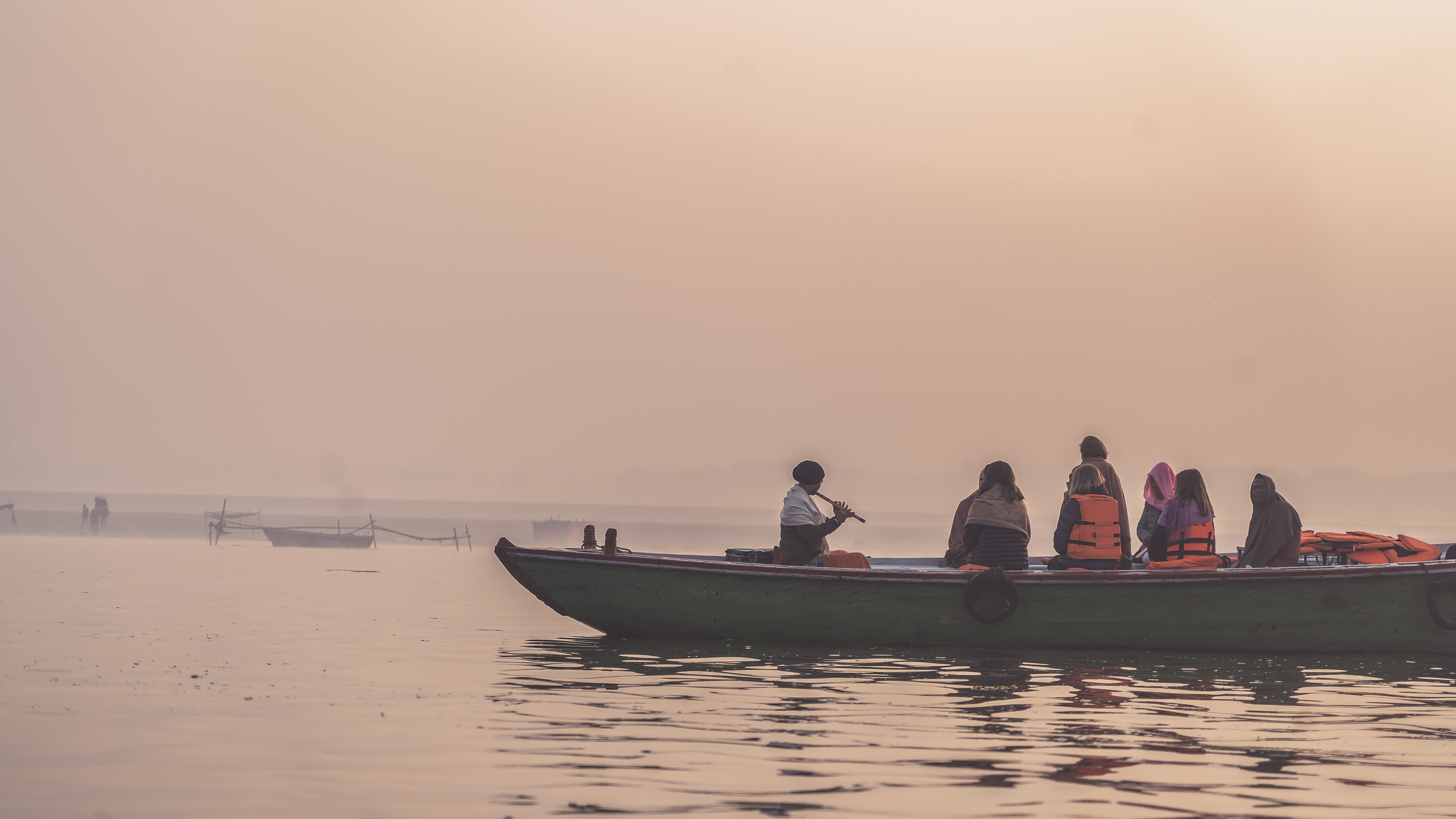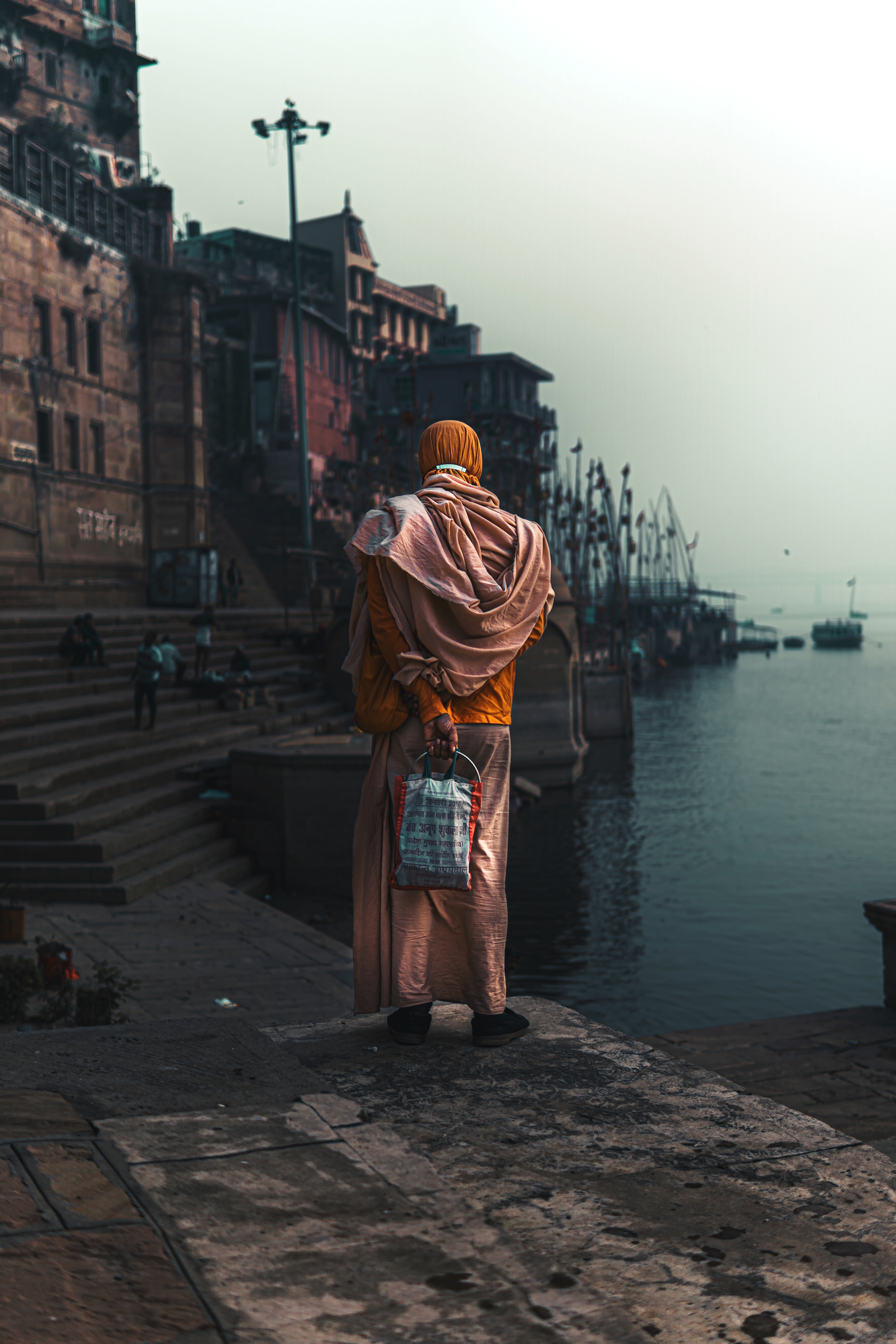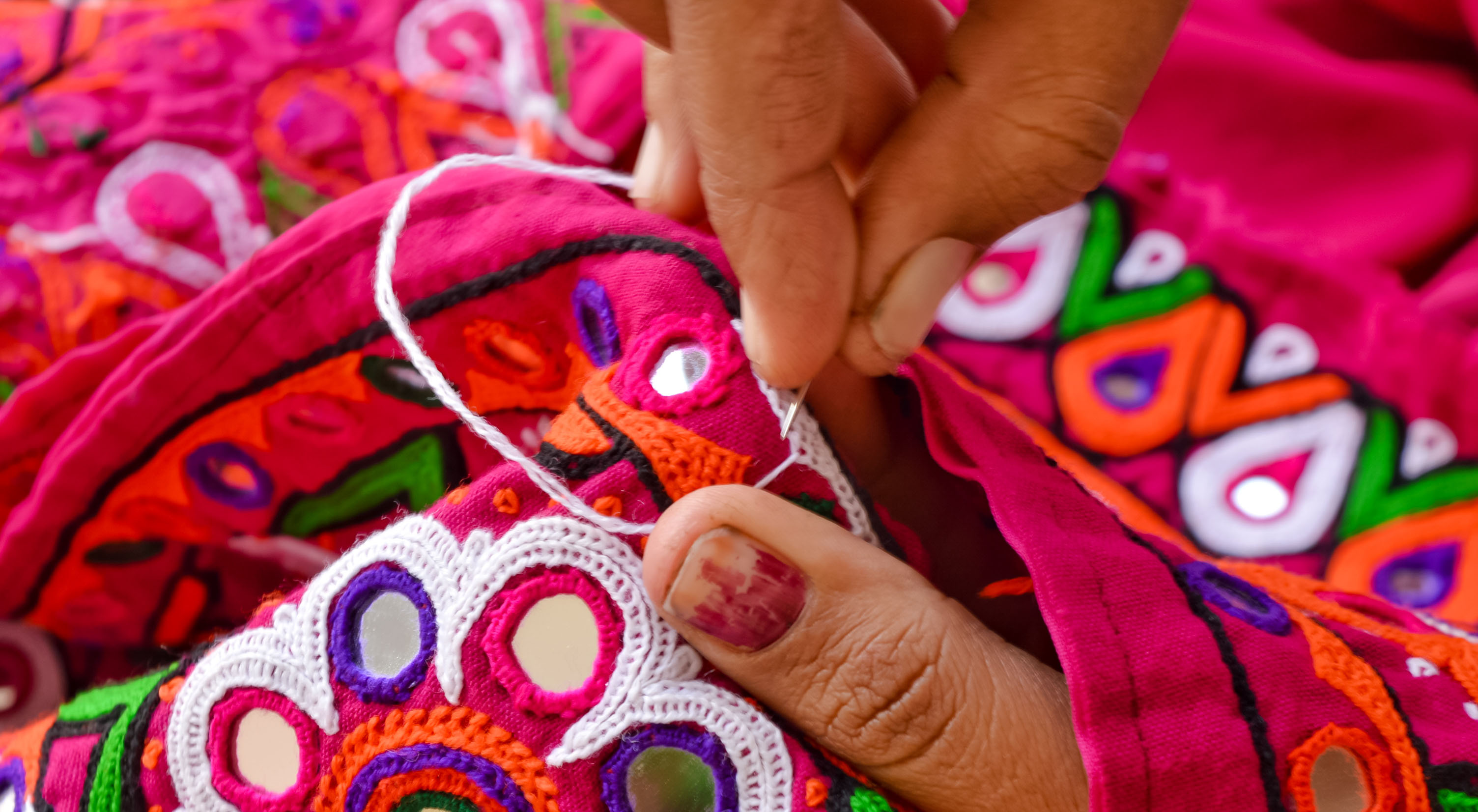To walk through the textile trails of Kutch is to witness the triumph of tradition. Here, the fabric doesn’t just clothe, it connects. It’s a thread between past and present, art and earth, people and place. And as long as the blocks are dipped and stamped, these stories will keep unfolding - one motif at a time.
Kutch, where the Harrapan past still lingers in dye-stained hands and hand-chiselled wooden blocks. In Gujarat's arid, White Desert, creativity flows like the seasonal rivers, guided by generations of artistry, patience, and pride.
Here each village sings its own visual language. Among the most striking are the block prints, a tradition rooted in the Indus Valley Civilization and nurtured through centuries by pastoral communities, traders, and artisans. Walk through the workshops of Ajrakhpur and Dhamadka, or the dusty village lanes of Bela, and you’ll find more than textiles. You’ll find legacy.
Ajrakh is no ordinary print. It is a deeply symbolic, mathematically precise form of resist block printing, known for its dramatic use of natural indigo and madder red. The name is said to come from the Arabic-Persian word ‘Azrak’, meaning blue, symbolizing the endless sky. Red evokes dusk, black the night, and white dots shimmer like stars. For centuries, Maldhari pastoralists have draped Ajrakh around their shoulders, as much for beauty as belonging.
But what makes Ajrakh truly mesmerising is its complexity. The cloth goes through 16 painstaking steps, washing, mordanting, resist printing, dyeing, and drying, often repeated multiple times. Each motif is hand-stamped on both sides of the fabric with perfect alignment, creating a reversible textile with unmatched depth of color and design.
The scent of natural dyes, the rhythm of wooden blocks hitting fabric, and the grace with which artisans match centuries-old patterns without rulers or machines, it's a performance of skill that feels almost sacred to watch. Moving further east to Bela village in Rapar, you’ll discover another gem, the lesser-known Bela block printing. Bolder, more graphic, and rustic, Bela prints feature motifs of elephants, horses, and flora, all carved into thick wooden blocks. Unlike Ajrakh’s fine detailing, Bela relies on earthy expression, its resist paste is a mix of mud and bajra flour, creating heavier, textured designs.
Only one family now keeps this heritage alive, the Khatris of Bela, led by Mansukhbhai, whose childhood curiosity turned into a lifelong devotion. “It’s not just printing,” he says. “It’s our identity.” Travellers can meet the artists, try their hand at block printing, and even take home a piece of this legacy, not just as a souvenir, but as a story.



